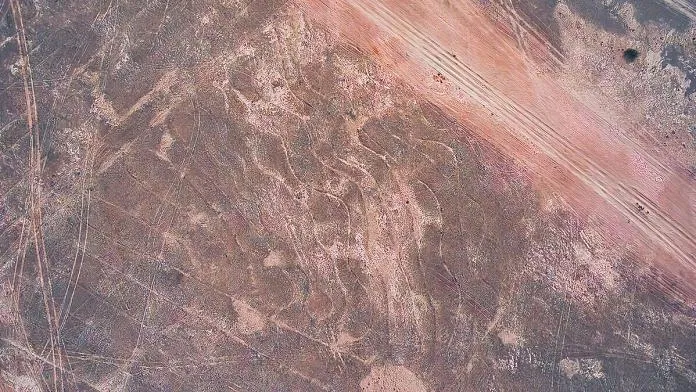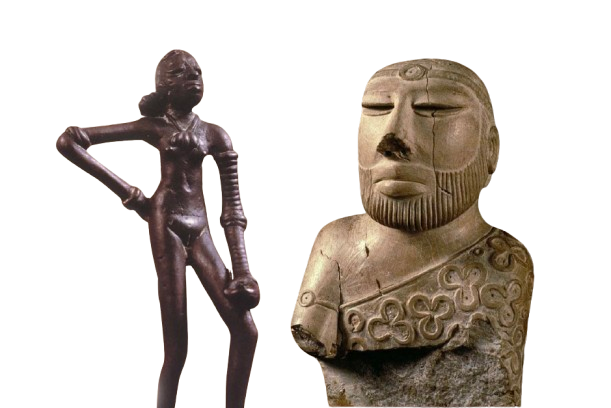Maharashtra Government Declares 1,500 Geoglyphs in Ratnagiri as Protected Monuments
In a significant move to preserve the rich cultural heritage of Maharashtra, the state government has recently declared 1,500 geoglyphs, spread across 70 locations in the Ratnagiri district, as protected monuments. These ancient rock carvings, covering an area of 210 square kilometers, are a testament to the artistic and cultural expressions of early human civilizations and hold immense archaeological significance.
What Are Geoglyphs?
Geoglyphs are large designs or motifs created on the ground, typically by arranging stones, gravel, or earth, or by carving into rock surfaces. These ancient artworks, often depicting animals, human figures, and abstract patterns, can be found across the world, with famous examples including the Nazca Lines in Peru. The geoglyphs in Ratnagiri are some of the most extensive and intricate found in India, reflecting the creativity and symbolic language of the region’s ancient inhabitants.
The Ratnagiri Geoglyphs: A Cultural Treasure
The geoglyphs in Ratnagiri are spread across an area that includes diverse terrains, from plateaus to coastal regions. These carvings are believed to date back thousands of years and offer valuable insights into the early human societies that once thrived in this region. The designs include representations of animals such as tigers, elephants, and crocodiles, as well as geometric patterns and human-like figures, showcasing a wide range of artistic styles and cultural influences.
The Ratnagiri geoglyphs are not just significant for their scale and diversity but also for their rarity. Such large and intricate geoglyphs are uncommon in India, making these sites particularly important for the study of prehistoric art and culture. The recognition of these geoglyphs as protected monuments ensures that they will be preserved for future generations and highlights the need for ongoing research and conservation efforts.
Government’s Role in Preservation
The Maharashtra government’s decision to declare these geoglyphs as protected monuments is a crucial step towards safeguarding this unique cultural heritage. Under this new status, the geoglyphs will receive legal protection, preventing any form of damage or unauthorized activity that could threaten their integrity. The government will also oversee conservation efforts, ensuring that the geoglyphs are maintained and studied in accordance with the highest standards of archaeological preservation.
This declaration is part of a broader initiative by the state government to preserve and promote Maharashtra’s rich historical and cultural sites. By recognizing the importance of the Ratnagiri geoglyphs, the government is not only protecting these ancient artworks but also promoting the region as a destination for cultural and historical tourism.
The Importance of Preservation
The preservation of the Ratnagiri geoglyphs is vital for several reasons. These ancient carvings provide a direct link to the prehistoric cultures that once inhabited the region, offering insights into their beliefs, practices, and artistic expressions. Moreover, as a unique form of cultural heritage, the geoglyphs contribute to the diversity and richness of India’s historical landscape.
Protecting these sites also ensures that they can continue to be studied by archaeologists and historians, helping to uncover new information about the ancient past. Additionally, as protected monuments, the geoglyphs can be better promoted as a tourist attraction, bringing economic benefits to the region and raising awareness about the importance of cultural heritage preservation.
Conclusion
The Maharashtra government’s decision to protect the 1,500 geoglyphs in Ratnagiri is a landmark moment in the preservation of India’s cultural heritage. These ancient rock carvings, spread across 70 locations, offer a unique window into the artistic and cultural practices of early human societies. By granting these geoglyphs protected status, the government is ensuring that this invaluable heritage is preserved for future generations and recognized for its historical significance. As the geoglyphs of Ratnagiri gain more attention, they are set to become an important symbol of India’s rich archaeological legacy.



